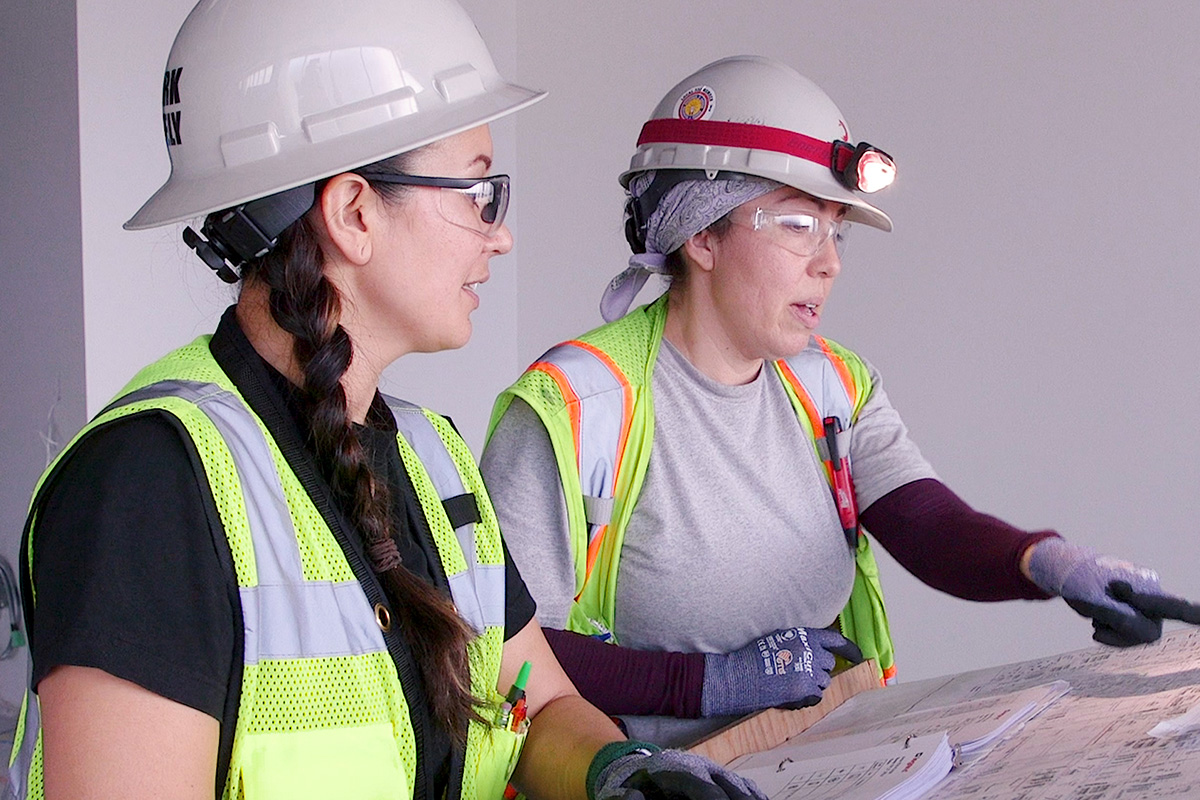Women In Construction Week 2022
A Salute to Women in the Industry
Annually, March is recognized as Women’s History month in the US. Even more specifically, this week (March 6th-12th) is designated as National Women in Construction week. In my last blog post I mentioned my previous job as a Marketing Director at the tunneling company, Robbins. During that time I was classified as a female within the construction industry. In my time at Robbins and with Hansen Belyea as Strategic Director, I’ve had the opportunity to meet and speak with women who work within the construction industry many times. According to statistics collected in 2020, it was found that women made up only about 11% of the construction industry. Of that 11%, less than 3% actually work in the field. Drawing attention to these trailblazing ladies is important for encouraging other women to join the construction ranks and one of the reasons why it is important that this week of recognition exists.
Origin of WIC Week
Women in Construction Week was created to raise awareness of the contributions, accomplishments, and gains that women have made throughout the various areas of the construction industry. The desire to draw attention to this is to demonstrate that women are capable of this type of work and to hopefully inspire other women to join the industry. The professional association for women in the construction industry is the National Association of Women in Construction (NAWIC) and they have a full list of events related to this week, but they are a great resource year-round.
A More Diverse Future
One of the main reasons for designating and observing a Women in Construction Week is that it is a means to encourage new generations of women to consider a career in construction through representation. There is much to be said about representation, but one of the most important aspects is presenting and providing more opportunities to show populations who have been historically underrepresented what is possible through example. It serves as an inspiration for younger generations to strive for something that typically isn’t perceived as a possibility for them.
One of my favorite videos that Hansen Belyea has filmed was with the female employees of Prime Electric which can be viewed here:
At the time of the Prime Electric video shoot, my oldest child was two and my youngest was just a baby and still nursing. This made me feel even more of a sense of connection with the women I was interviewing. They left a lasting impression on me and I continue to applaud them all.


